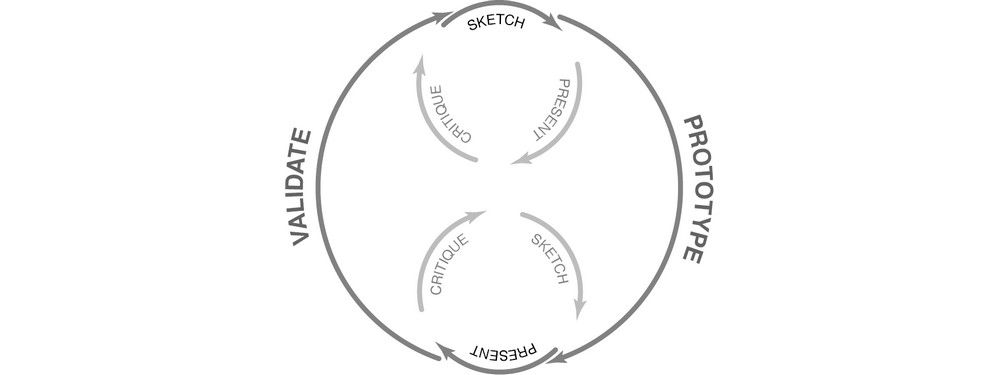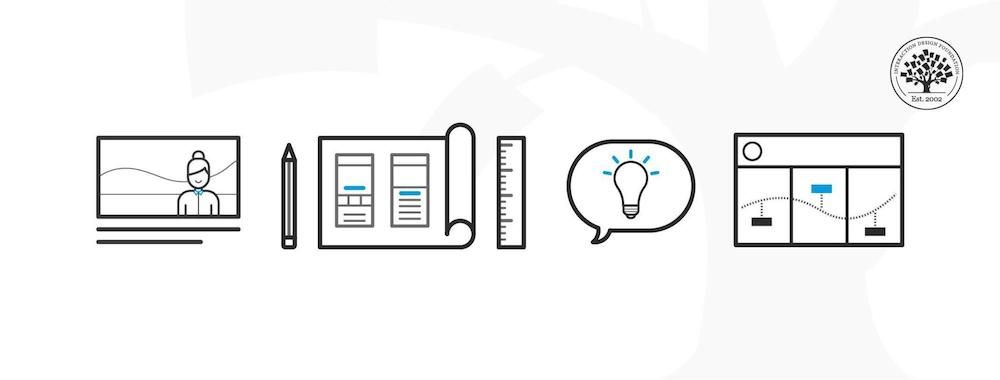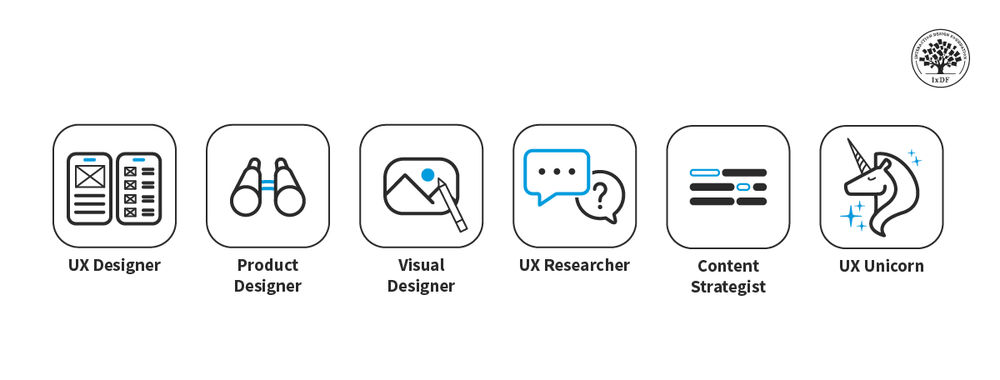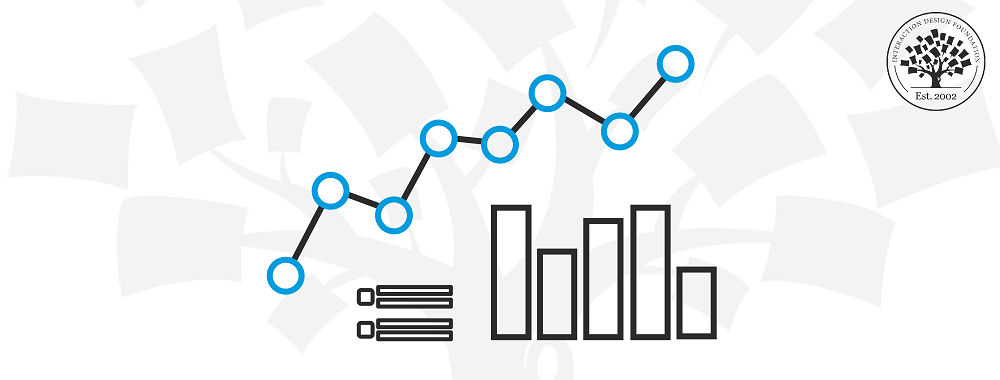Why do so many products and services fail to meet users' needs? Do we not have the right tools? Or perhaps our users just aren't smart enough for our designs? All wrong! The truth is, the tools used in traditional software development don't cut it if we want to genuinely understand users and design for them. The solution lies in personas, and you'll discover why below.
What are Personas?
“Personas represent the needs and behaviors of a subset of users your product aims to delight.”
- William Hudson, User Experience Strategist and Founder of Syntagm Ltd
The optimal design does exist—just not how you might think. We’re all unique individuals with vastly different goals, behaviors, motivations, preferences—the list goes on. If you try to design for everyone, you will create a mediocre solution at best.
Instead, you must focus on a subset of people—of users—and create the optimal design for them. If you can delight these users, then you will succeed. So, how do you focus on them? With personas.
A persona distills a collection of users with similar needs and behaviors into a fictional character whom we consider a real person. It is a research-backed reminder of who you are designing for—it keeps you on track and ensures you take a user-centered approach. When you use personas in your team or organization, you align around a common understanding of your users and make informed decisions throughout the design process.
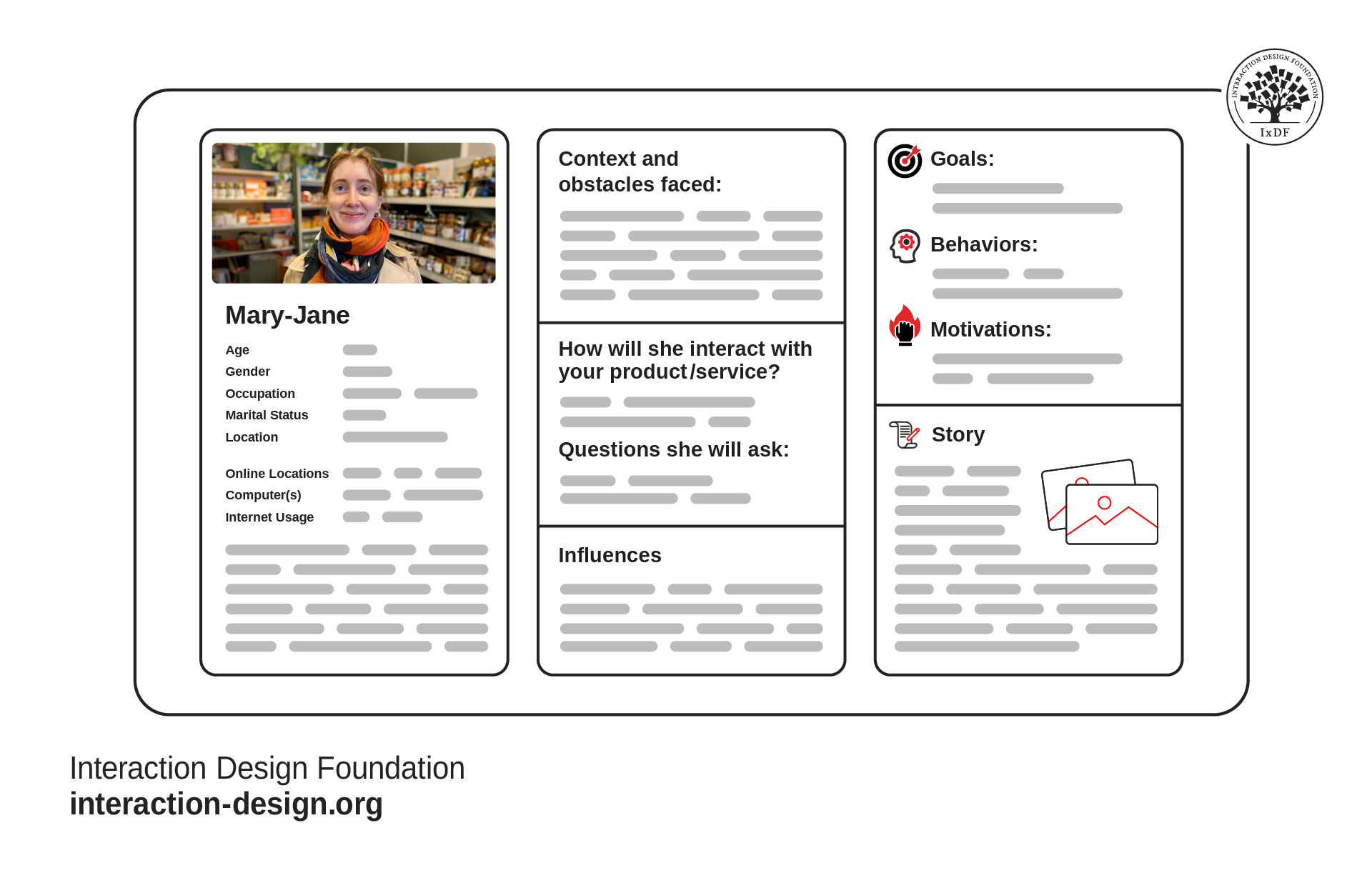
You will typically represent personas on a one-page document that contains all the information you need to design for them. In addition to their behavioral profile, personas should feel like real people and include a picture, a name, and demographics.
© Interaction Design Foundation, CC BY-SA 4.0
Here’s Why Design Without Personas Falls Short
In this video, William explains why personas are essential for putting users at the center of our processes.
Designing without personas is like navigating without a map—you might get somewhere, but it’s unlikely to be where your users need you to go. Personas are more than profiles; they’re the lens through which we understand user motivations, challenges, and goals. When faced with countless interesting features, we use personas to determine which ones best align with user interests and motivations.
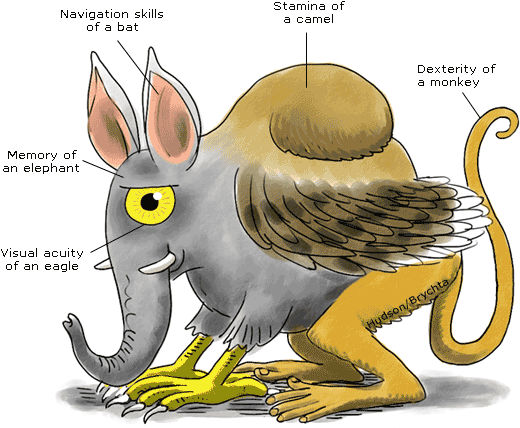
Some development teams mistakenly believe that users can handle anything they throw at them. This approach results in solutions built for the “Perfect User,” pictured above. This hybrid is a super-user who simply does not exist.
© William Hudson, used with permission
Without Context, User Needs Are Just Assumptions
In this video, William explains why project teams need to understand the whole user journey to build effective solutions for users.
Without the big picture, team members approach each small part of a problem with their own understandings and assumptions. If each team member designs for users they assume, rather than truly understand, the final product or service will be disjointed and fail to meet user needs. User research and personas help prevent this issue.
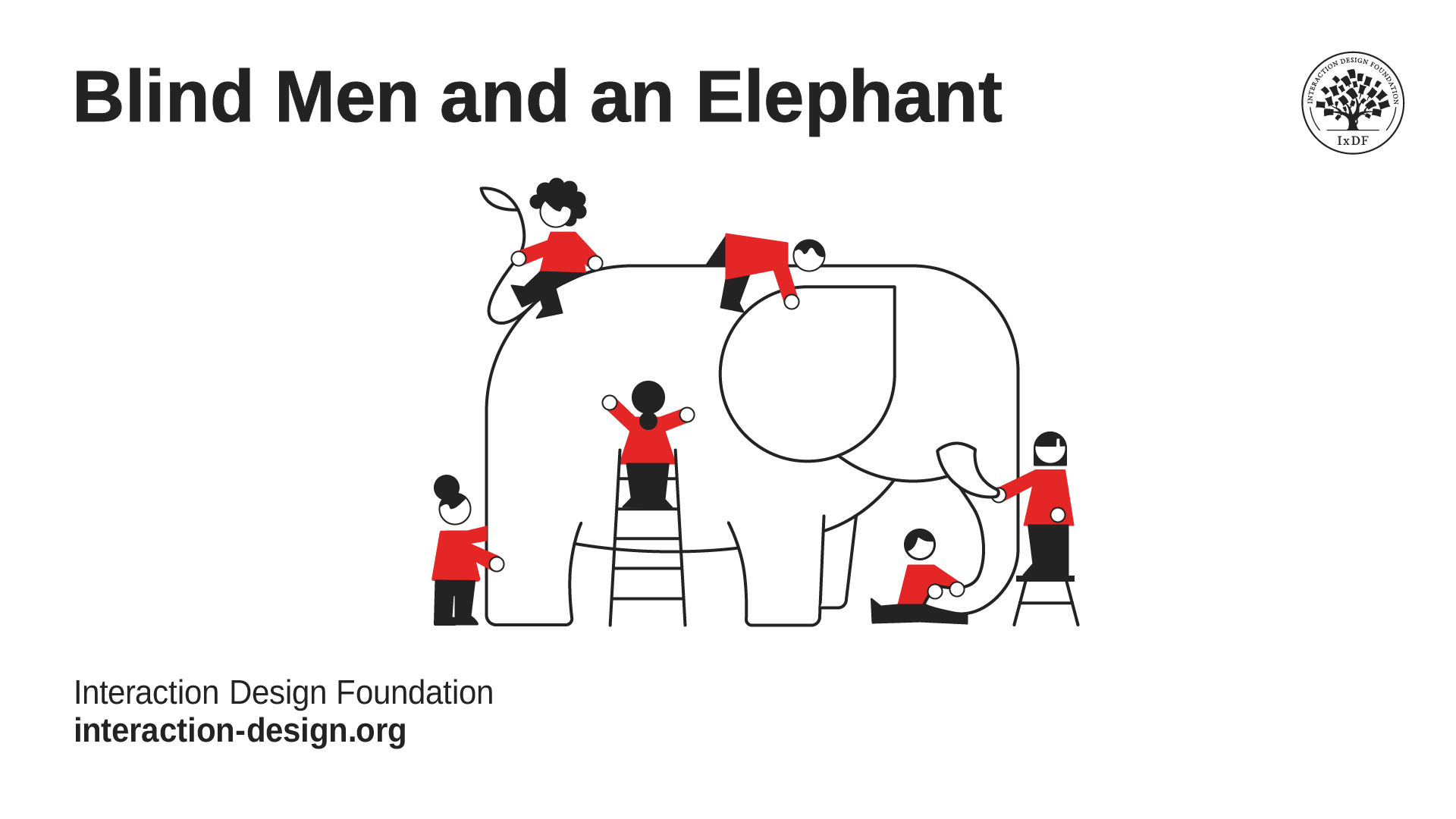
The Indian parable of the Blind Men and the Elephant is a perfect illustration of what happens when a project team lacks sufficient user understanding. In the story, each man investigates an individual part of an elephant. One man believes the elephant's trunk is a snake, while another thinks the leg is a tree.
© Interaction Design Foundation, CC BY-SA 4.0
The Take Away
Personas represent a subset of your users whom you aim to delight. They are the north star that guides you towards user-centered results. When you use personas, you:
Get a constant reminder of who you’re designing for and their needs and behaviors.
Give focus to the development process, especially in situations where user-centered design is not practiced.
Improve the awareness of users within your team and organization.
Contextualize your users’ journeys to minimize misunderstandings about them.
This is just the beginning of how personas can transform your design process. If you’ve never used them before, you’ll wish you’d started sooner!
References and Where to Learn More
Read Alan Cooper’s book, The Inmates Are Running the Asylum, to discover why many solutions struggle to meet user needs.
Explore our definitive topic definition of User-Centered Design.
Hero image: © Interaction Design Foundation, CC BY-SA 4.0


